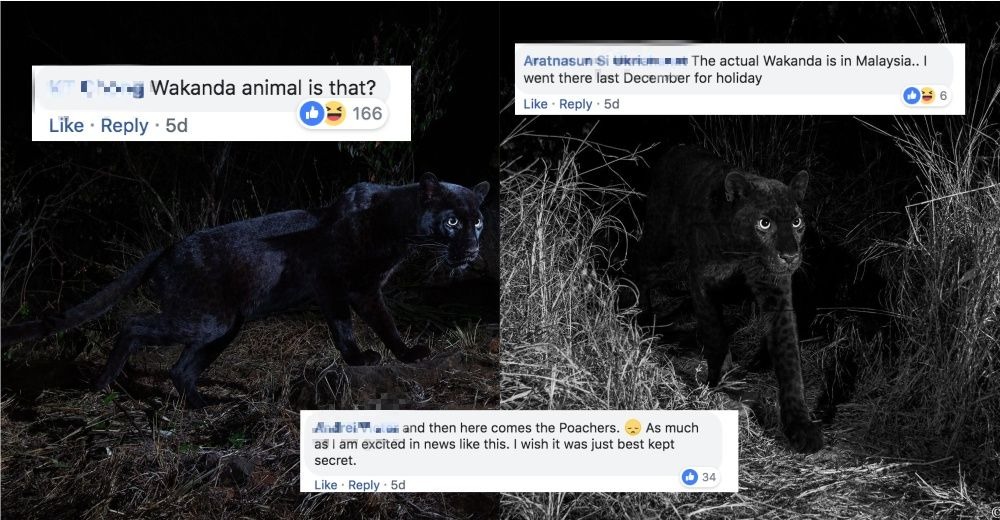The rare sighting of a black leopard in Kenya has created a hullabaloo due to the animal's rarity and the pop cultural reference to Marvel's Black Panther superhero.
"Panthers" typically refer to the leopards in Asia and Africa, while it refers to jaguars in the Americas.
Here's an example of a typical reaction to this news.

First in almost a century
Several sightings of a black leopard have been reported since late 2017.
This drew a team of Kenya-based scientists to place camera traps around Loisaba Conservancy in early 2018 as part of the research study on the leopard population.
In a published research paper, the team confirmed that the creature spotted is a juvenile female melanistic leopard, which is sometimes accompanied by an adult leopard of normal coat colour.
 Image courtesy of Nicholas Pilfold
Image courtesy of Nicholas Pilfold
Unlike the usual leopards, this is the first time that a black leopard has been spotted in Africa in almost a century which accounts for the hype over this discovery.
Besides the scientists, photographers are also tempted to catch a glimpse of this elusive animal.
A wildlife photographer, Will Burrard-Lucas, managed to capture some high-resolution photos of this leopard with his camera.
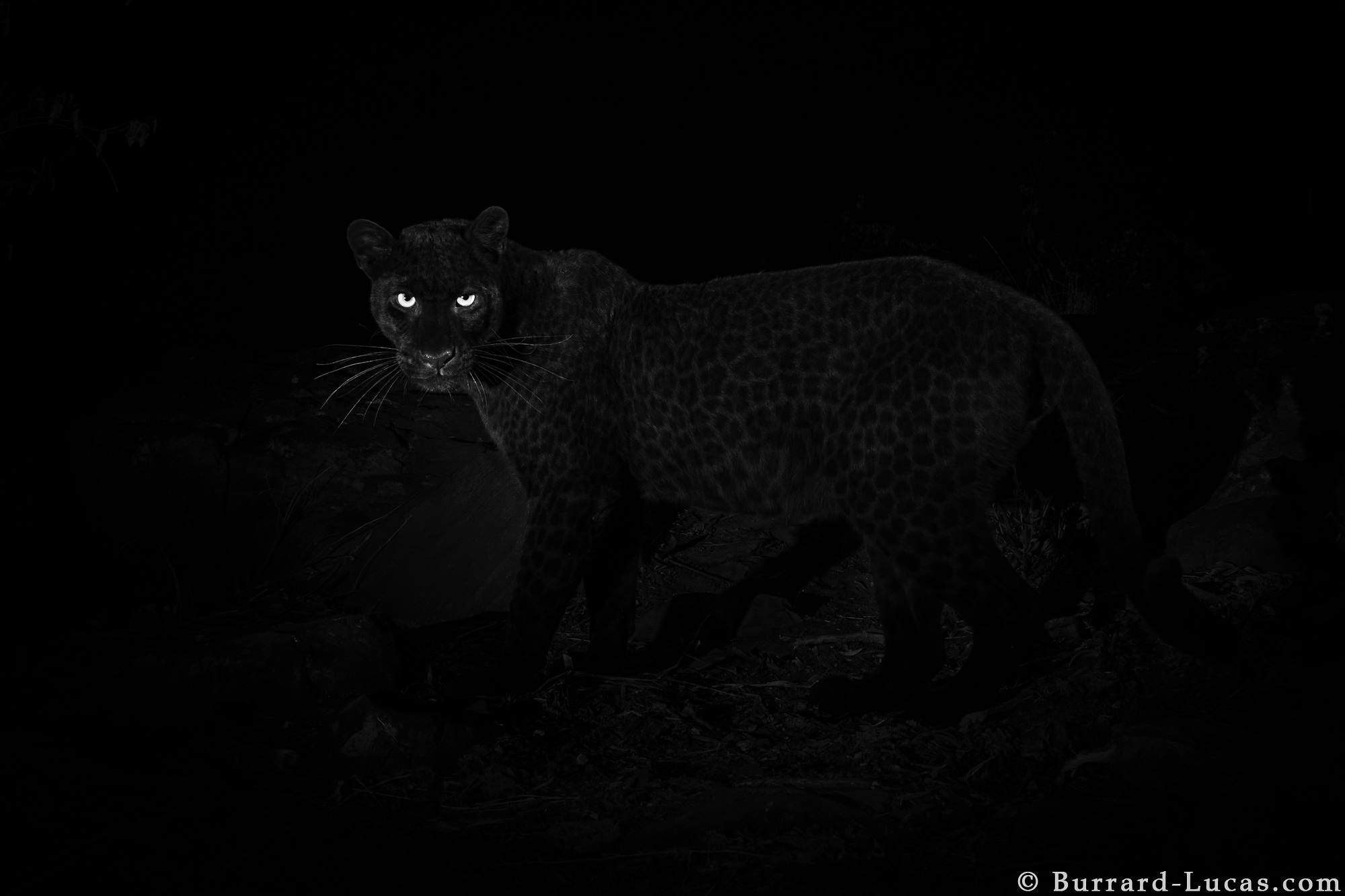 Photo by Will Burrard-Lucas.
Photo by Will Burrard-Lucas.
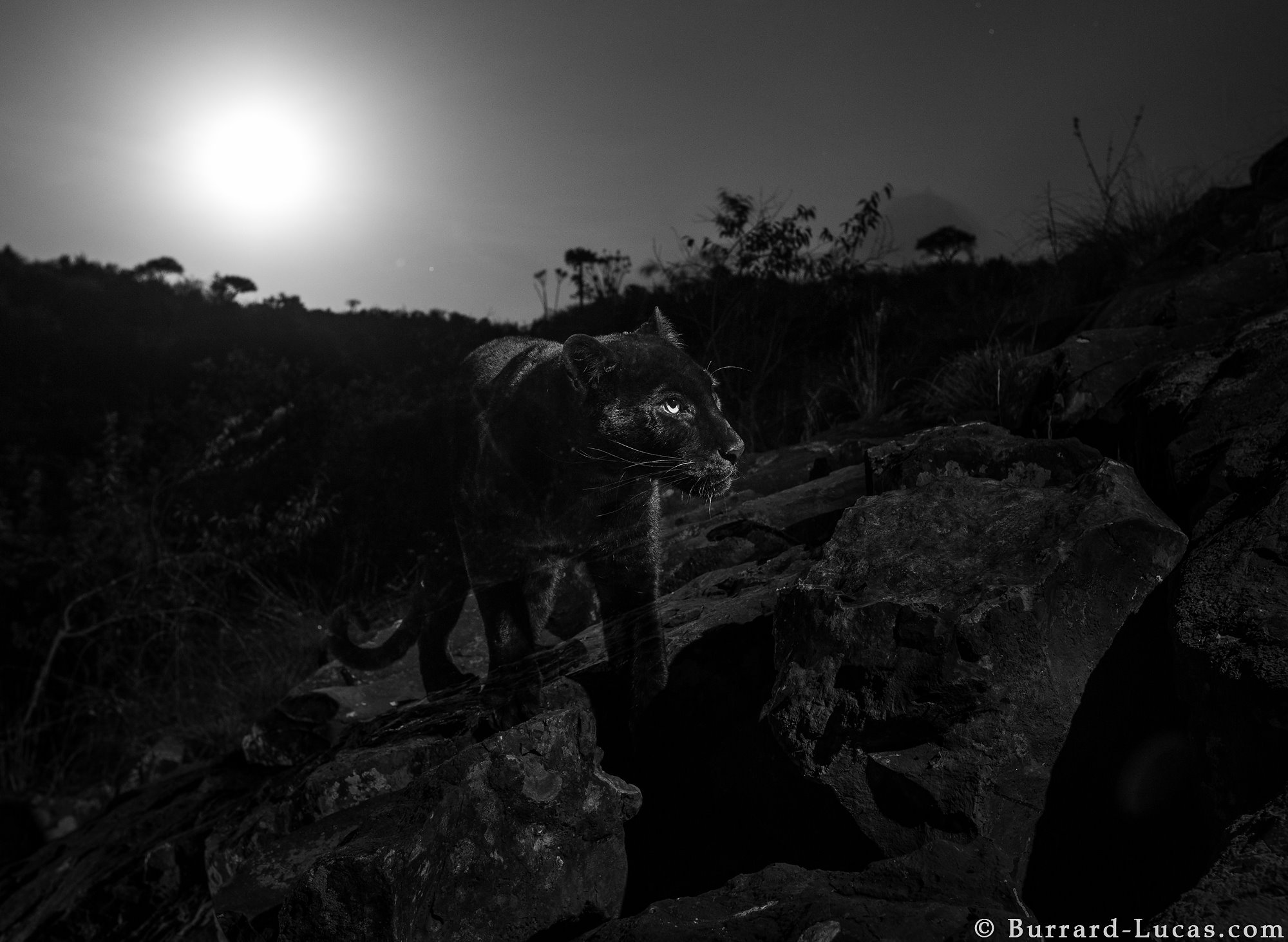 Photo by Will Burrard-Lucas.
Photo by Will Burrard-Lucas.
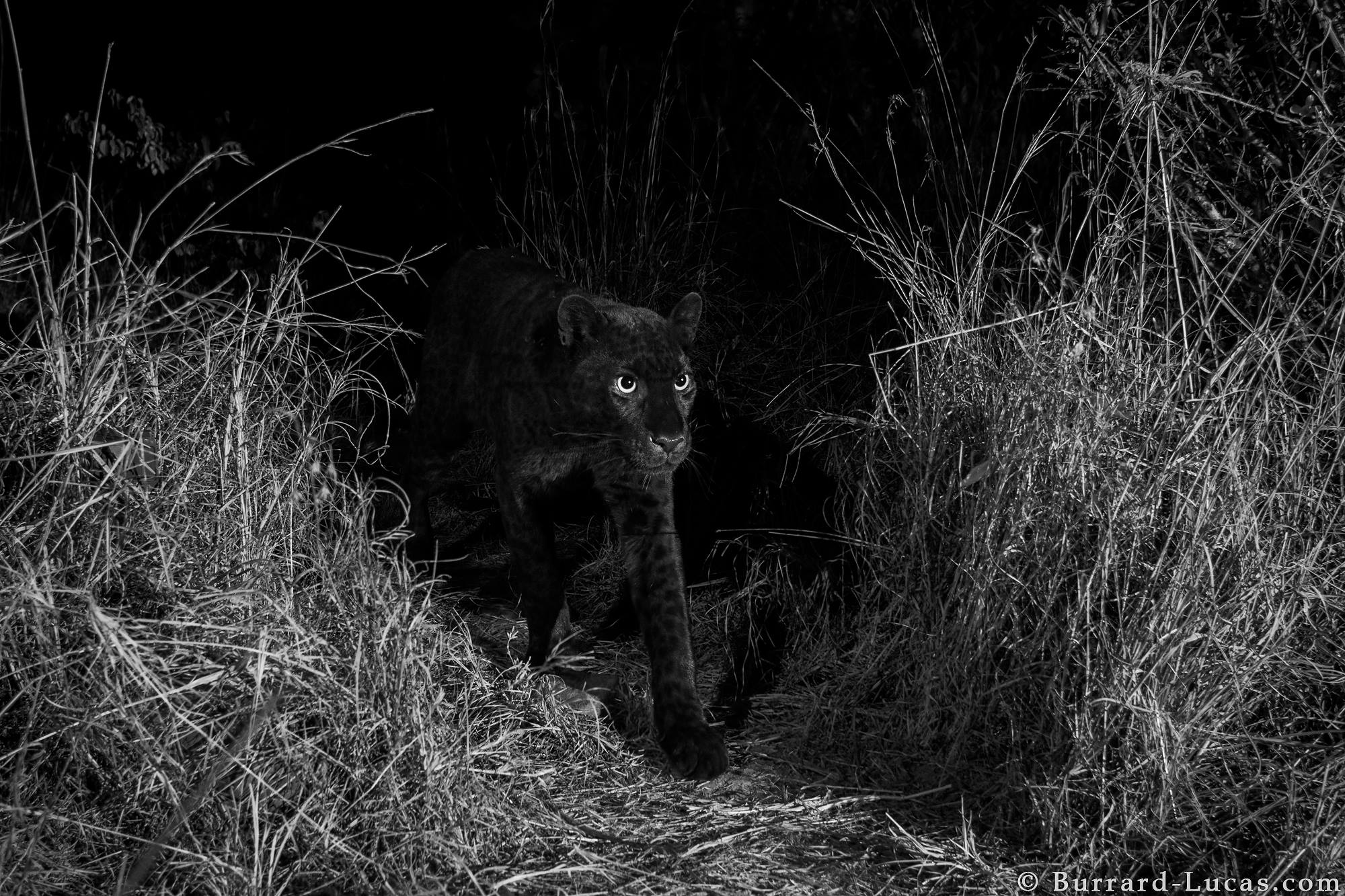 Photo by Will Burrard-Lucas.
Photo by Will Burrard-Lucas.
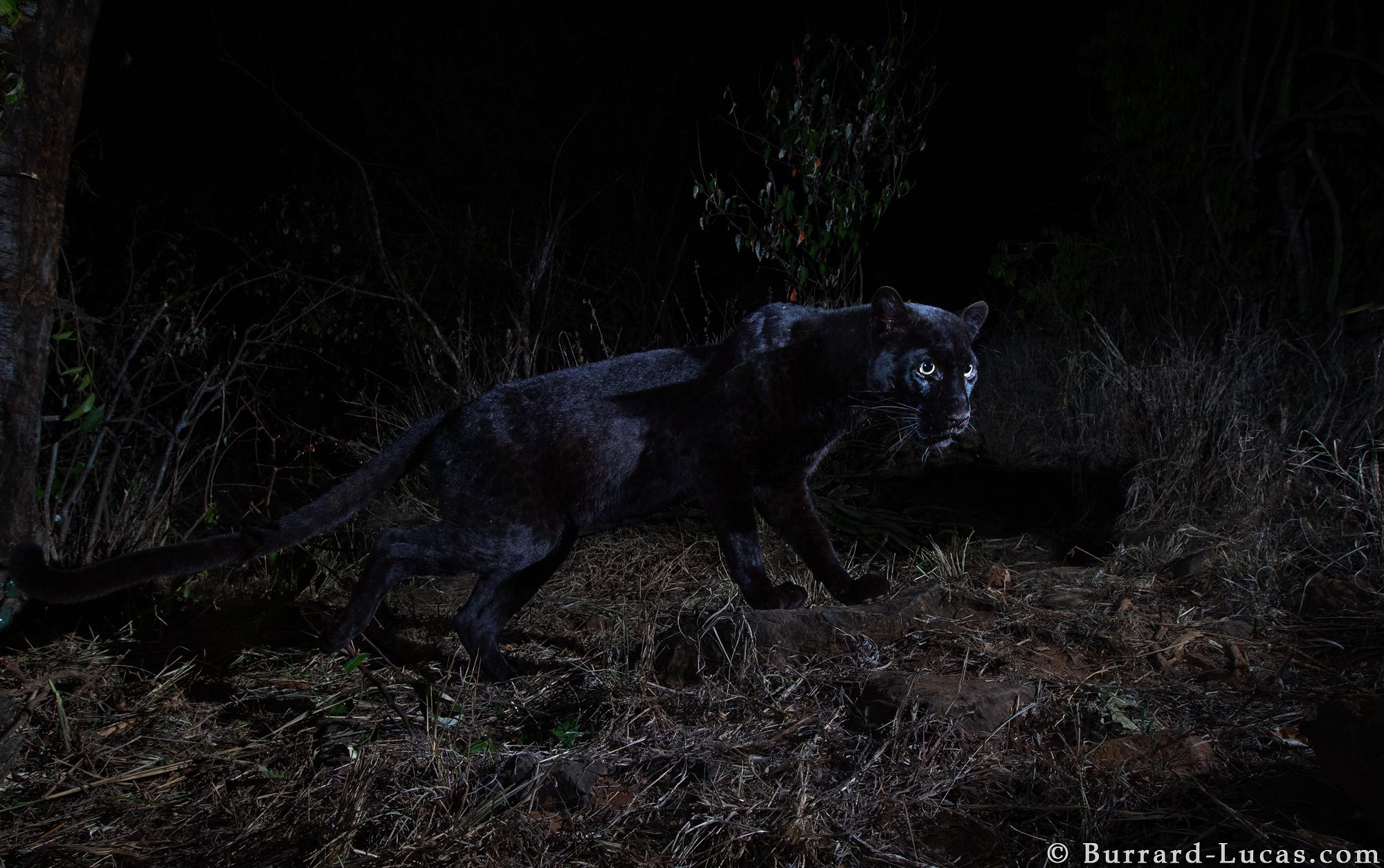 Photo by Will Burrard-Lucas.
Photo by Will Burrard-Lucas.
These photos were also republished on various international media outlets which included CNN, BBC, National Geographic, just to name a few.
Not so rare
This might be the first black leopard spotted in Kenya, but black leopards are not that rare actually.
In fact, black leopards are typically found in tropical and humid Southeast Asian countries such as Malaysia.



A gene mutation causes an excessive production of pigment melanin, which attributes to the black coat on these leopards.
This might be an adaptative trait of the animals to camouflage themselves to hide from predators.
Concerns over poaching
While some attention on the black panther will spur conservation efforts, some are worried that it has become too much for the animal's own good.
Several comments have raised concerns over the risk of poachers entering the protected area to hunt for this animal.
 Screenshot of comment from National Geographic Facebook.
Screenshot of comment from National Geographic Facebook.
 Screenshot of comment from National Geographic Facebook.
Screenshot of comment from National Geographic Facebook.
 Screenshot of comment from National Geographic Facebook.
Screenshot of comment from National Geographic Facebook.
The editor of National Geographic has since assured that the conservatory is well-managed.
At a size of 57,000 acres, the size of this conservatory is about half of the size of Singapore.
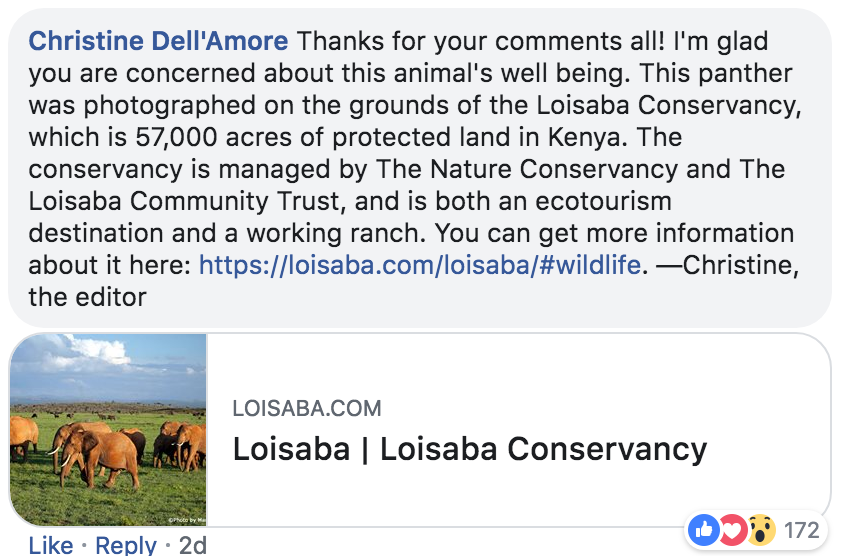 Screenshot of comment from National Geographic Facebook.
Screenshot of comment from National Geographic Facebook.
 Screenshot of comment from National Geographic Facebook.
Screenshot of comment from National Geographic Facebook.
 Screenshot of comment from ST Facebook.
Screenshot of comment from ST Facebook.
 Screenshot of comment from ST Facebook.
Screenshot of comment from ST Facebook.
 Screenshot of comment from ST Facebook.
Screenshot of comment from ST Facebook.
 Screenshot of comment from ST Facebook.
Screenshot of comment from ST Facebook.
 Screenshot of comment from CNA Facebook.
Screenshot of comment from CNA Facebook.
 Screenshot of comment from CNA Facebook.
Screenshot of comment from CNA Facebook.
Top photo collage from photos by Will Burrard-Lucas and Facebook comments
If you like what you read, follow us on Facebook, Instagram, Twitter and Telegram to get the latest updates.
